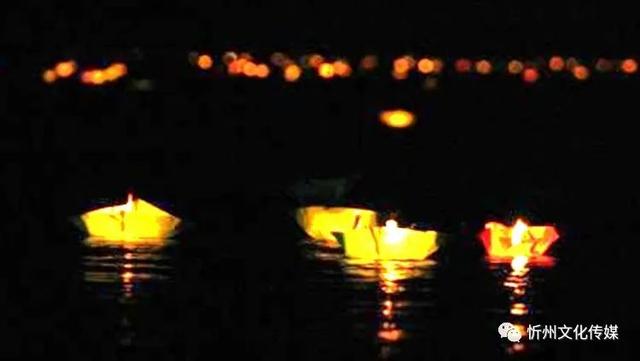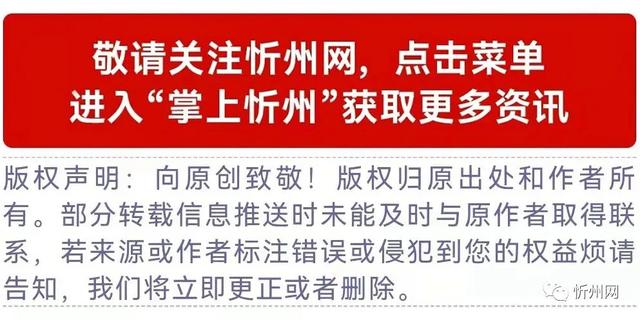"Folk Culture" River Qu River Lantern Festival
Author:Xinzhou.com Time:2022.08.18

River song July 15th River Lantern Festival, commonly known as "river lantern festival", also known as "pushing river lights".
The river lamp is the ancient tradition of the Chinese nation. The first volume of "Chinese Culture Miscellaneous Theory" describes the "River Lantern Festival" is the Yellow River Lantern Festival in July 15th, the West of Jinhe County, Shanxi Province, the most grand and spectacular.
Hequhe Lantern Festival was included in the second batch of national intangible cultural heritage lists in 2008, and became a typical Yellow River folk cultural project and important folk festival activities affecting the three provinces of Jin, Shaanxi and Mongolia.
The earliest records of Hequ Fanghe Lantern can be seen in Ming Wanli's "Hequ County Chronicle": In the 13th year of Ming Hongzhi, Li Bangyan, Zhixian County, led the public to commemorate Dayu and let the river lanterns. In the thirteenth year of Qing Daoguang rebuilt the Yuwang Temple, Jin, Shaanxi, and Mongolian people donated funds, and painted the historical situation of Dayu and the river lanterns on the wall. The river lamp is also called "lotus lamp".
Hequ was once the famous water -drought and drought pier in the northwest of Jin. The turbid waves, I do n’t know how many ships that overturn, and how many boat households lived; the people who walked to the west to the “outside their mouths” rushed into the gold rush, and there were no return to the countryside. In order to mourn the loved ones far away, pray for the future, people have held a series of rituals. The river lights are the ancient customs that are relatively unique and gradually continued in these rituals.
The Hequ River Lantern Festival is a cultural product combining Yu culture and Westkou culture. With the changes of the times, the significance of the river lantern festival has also changed. Become an important carrier of local cultural exchanges, developing economy, and contact with emotions.
The river lanterns are held around the 15th day of the lunar calendar every year. The production of river lights is the main component of the river lighting festival. The different shapes of the river lights can add color to the river lighting. At first, people lighted the lights in the cans and porcelain bowls. Later, people made paper into various shapes of river lights in the river. The exquisite production of river lights is the representative of traditional paper tie in my country, and has unique artistic value.
When the night fell, the boatman drove the rudder's wooden boat, carrying various river lights, and about one mile of water upside down. A lantern symbolizing the eternal life was put into the river. The river light followed the main channel of the Yellow River, fluttering, and a little bit connected into a line, and the group drifted forward. The people on the shore couldn't see the river surface, and only saw a piece of light movement, and the stars were a little bit refreshing.
Today's river lights, people are accompanied by three or five, the whole family dispatches, watching river lights, appreciation of music, and curved river lights on the river surface presents auspiciousness, which has a good wish for people.

Hequhe Lantern Festival
Source: Hequ News Network
Popular reading
Xinzhou, the "Cultural Tourism Director Taking You Shanxi" series -come to Xinzhou, I believe you will fall in love with this city!
This is Xinzhou!
Reading Xinzhou: "Source" comes like this


- END -
The video is here!Cool

There is no shortage of miracles in the field of track and field World Championshi...
The "Powerful Work Style Construction" Qitaihe City Public Security Bureau has continuously strengthened positive leading incentive effects to fully mobilize the enthusiasm of the cadre police to enhance the "spiritual spirit"
Source: Dragon PoliceSince the launch of the Powerful and Style Construction Year activity, the Qitaihe City Public Security Bureau will promote positive leading incentives as an important means to